Scientists Discovered Pre-Historic Structure On Mountain–Impossible For Humans to Build
Hidden underneath a mountain in Indonesia lies an ancient pyramid known as Gunung Padang, or the “Mountain of Light.” While this might be the oldest pyramid in the world, there is something more shocking about this structure.
Similar to the amazing architecture of the Giza Pyramids, a new study suggests that this pyramid was impossible for humans to have built.
The Age of the Ancient Pyramid
Researchers have long considered Gunung Padang ancient, but they never knew its exact age. After taking a closer look at the pyramid and studying its layers underneath the mountain, researchers are now confident they have discovered its age.

Source: Freepik
Researchers believe that the pyramid’s construction may have started as long as 27,000 years ago—around 22,000 years before the Egyptian pyramids.
Changing the Understanding of Humanity
If the researchers have correctly identified the structure as being 27,000 years old, then this would be evidence that an advanced ancient civilization existed in the area.

Source: Wikimedia Commons
Discovering this ancient civilization would change how archaeologists view other ancient civilizations and the history of humanity.
Gunung Padang Was Largely Ignored
Located in the West Java Province of Indonesia, Gunung Padang doesn’t resemble a pyramid at first glance. Instead, it looks like a large hill covered in broken columns of ancient volcanic rock.
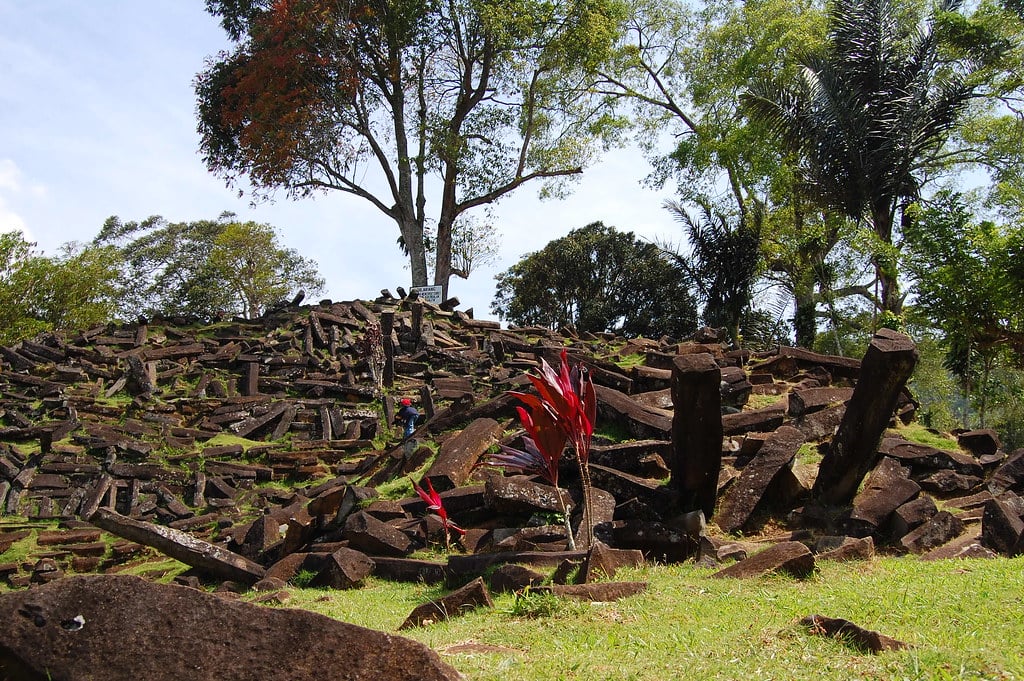
Source: Ikhlasul Amal/Flickr
For many years, archaeologists believed that the site was a prehistoric graveyard where all the tombstones had been knocked down over hundreds of years.
The Discovery of Something More
In 1914, Dutch colonizers came across the site and identified it as an ancient megalithic site. They discovered that the remaining stones had been purposefully placed by prehistoric peoples.
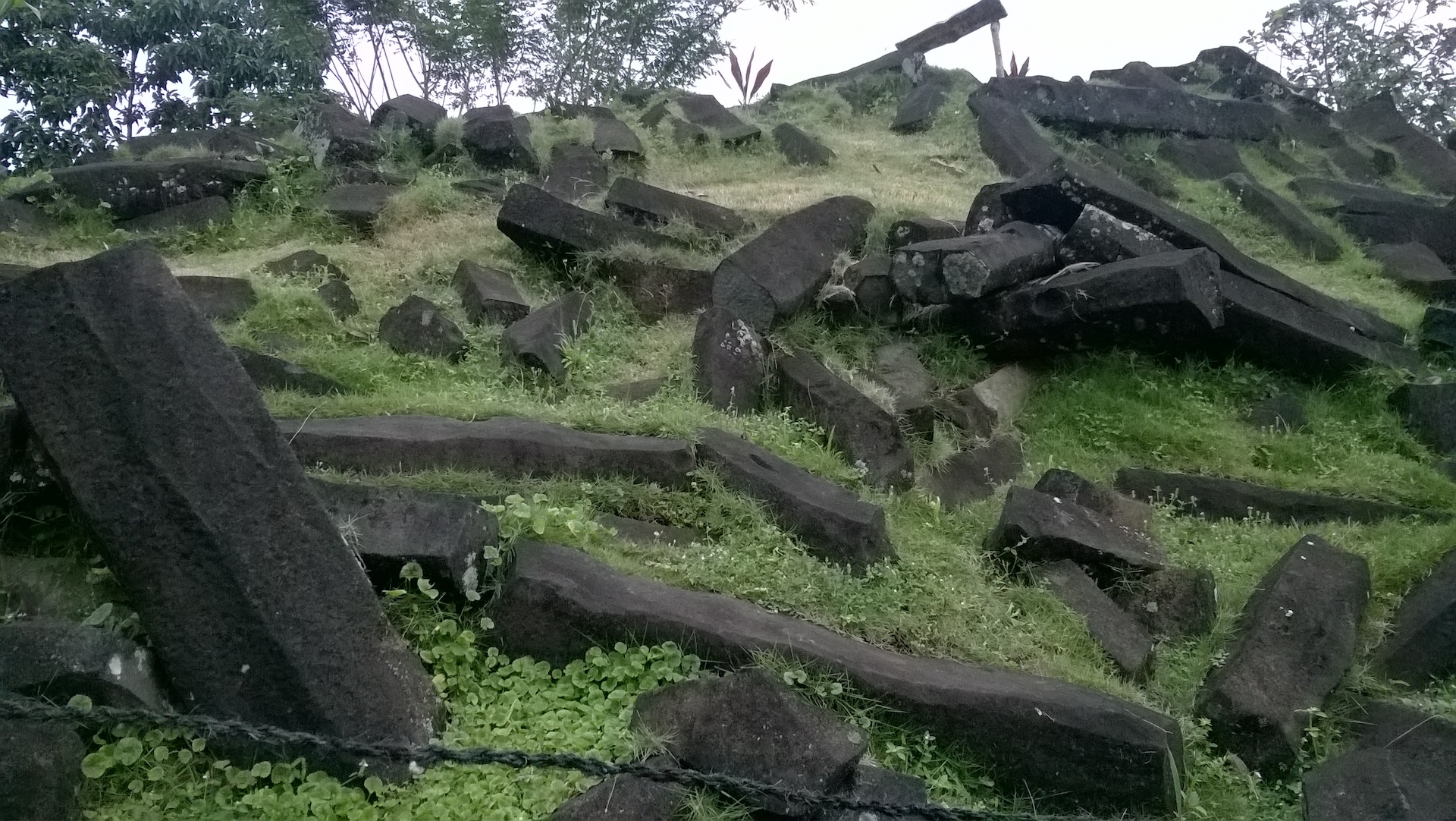
Source: Gilangsmntr/Wikimedia Commons
One Dutch historian offered an evocative description of the site, describing Gunung Padang as “a succession of four terraces, connected by steps of rough stone, paved with rough flat stones and decorated with numerous sharp and columnar upright andesite stones. On each terrace, a small mound, probably a grave, covered with stones and topped with 2 pointed stones,” (via Discover).
Taking a Closer Look
In 2010, Danny Hilman Natawidjaja, a researcher from the Indonesian Institute of Sciences, decided to take a closer look at the monument, despite limited interest in the site throughout the 20th century.
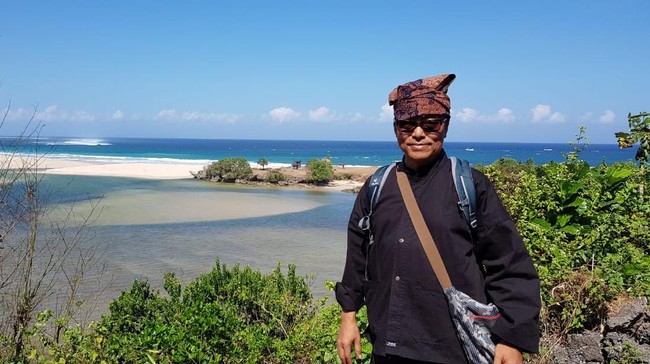
Source: Arsip Danny Hilman
“It’s not like the surrounding topography, which is very much eroded. This looks very young. It looked artificial to us,” Natawidjaja told LiveScience.
Did Humans Make the Pyramid?
Between 2011 and 2015, Natawidjaja and his team of archaeologists, geologists, and geophysicists conducted studies on Gunung Padang to determine if humans had built the site.

Source: Wikimedia
Some argued that Gunung Padang was simply a natural hill upon which ancient structures were built, casting doubt on its human origins.
Establishing Gunung Padang’s Age
After using techniques like core drilling, ground penetrating radars, and subsurface imaging, Natawidjaja and his team reported their findings in the journal Archaeological Prospection.
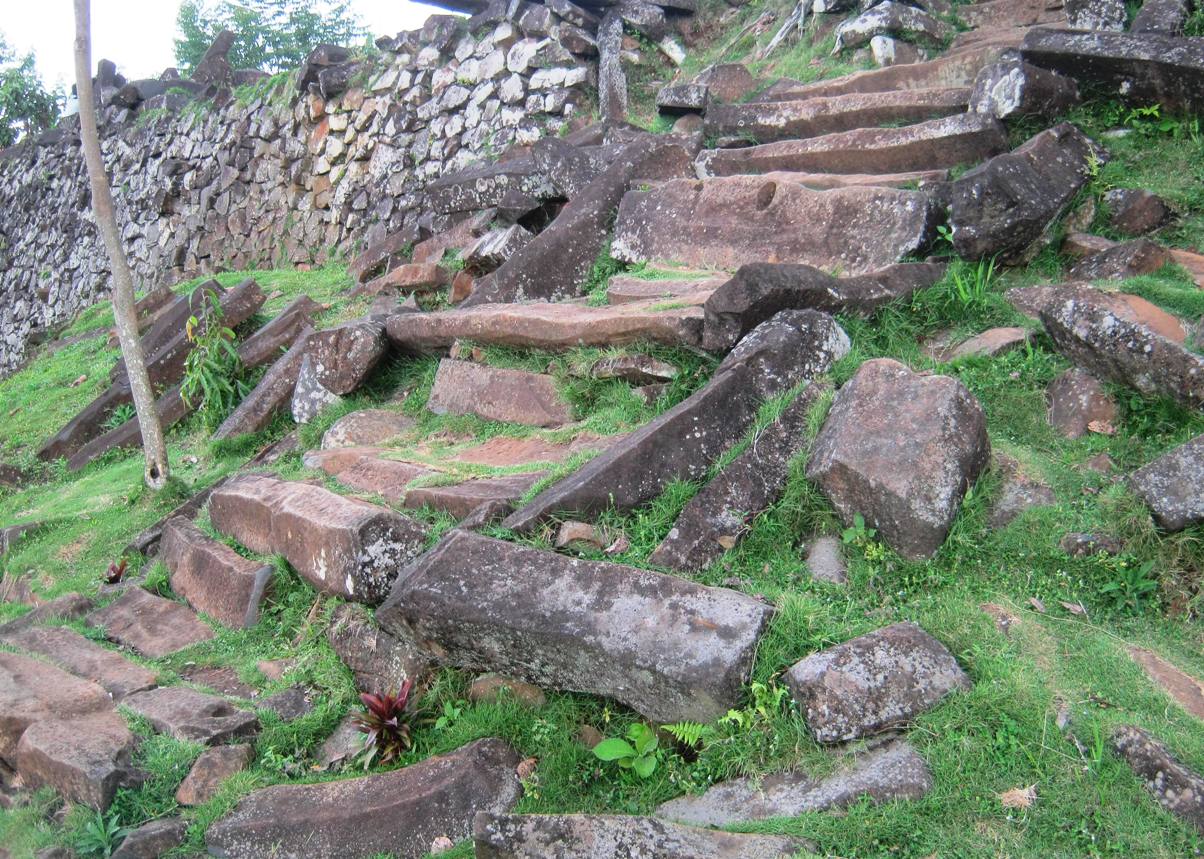
Source: Devitapra/Wikimedia Commons
The published paper suggests that humans built Gunung Padang nearly 27,000 years ago, making it the oldest pyramid in the world.
How Gunung Padang Was Built
The researchers proposed that they built the pyramid in stages, beginning with the first stage during the last glacial period between 16,000 and 27,000 years ago.

Source: Wikimedia
It appears that the ancient civilization then built upon the first layer of the pyramid by carving shapes into sculpted lava on top of an extinct volcano.
One Layer At a Time
After the site was abandoned, significant weathering occurred over thousands of years, as noted by the researchers. It is unclear why the civilization abandoned the pyramid at that time.

Source: Mohammad Fadli/Wikimedia Commons
Nevertheless, two more groups would come over the years to build upon the first few layers of the pyramids, creating the remains of the pyramids we see today.
The Last Group to Build on the Pyramid
Between 7900 and 6100 BCE, another ancient civilization returned to Gunung Padang to continue building upon the pyramid. This second group did not carve layers into the pyramid from existing materials in the mountainside. Instead, they added layers of bricks and rock columns.
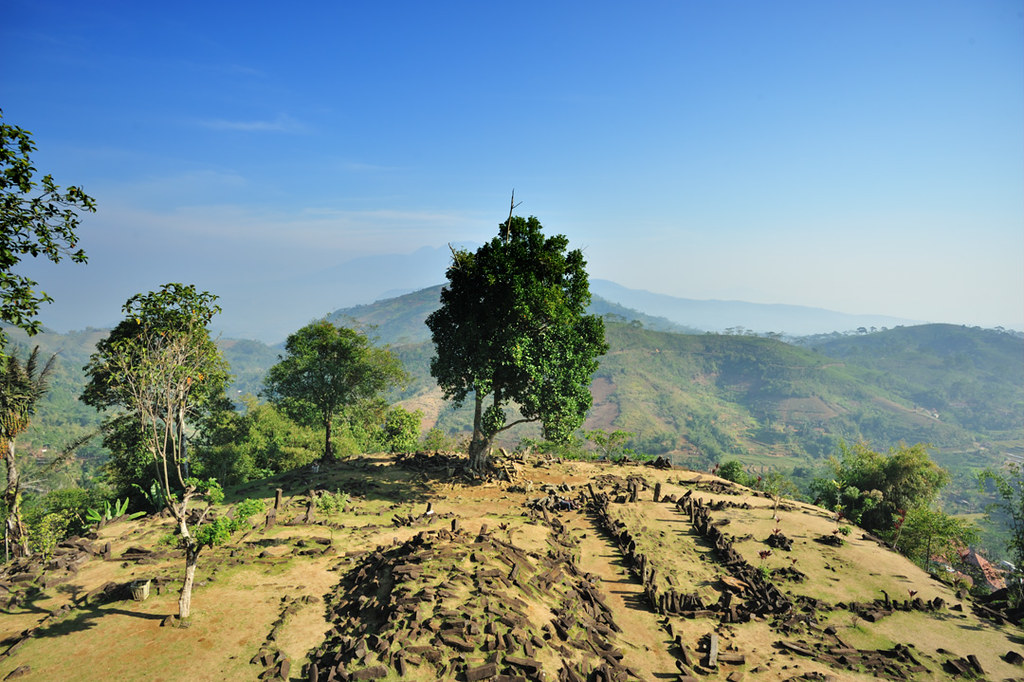
Source: ZUKI12/Flickr
The final group arrived between 2000 and 1100 BCE to construct the top layer, incorporating topsoil, stone terracing, and other elements.
Uncovering the Civilization That Started It All
If Natawidjaja’s study is correct—which future studies with more advanced technology would need to test—the Gunung Padang pyramids date back tens of thousands of years.

Source: Freepik
This significant piece of architecture proves that ancient civilizations were much more advanced than archaeologists once thought. Tools, construction materials, and more demonstrate that our forgotten ancestors were much more advanced than we give them credit for.
